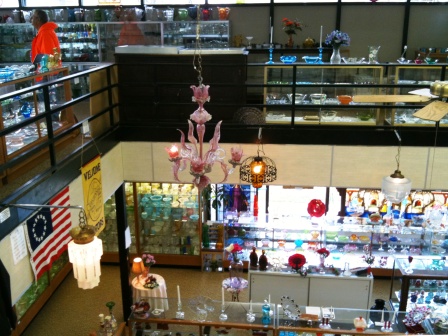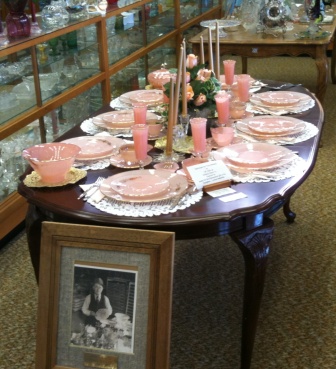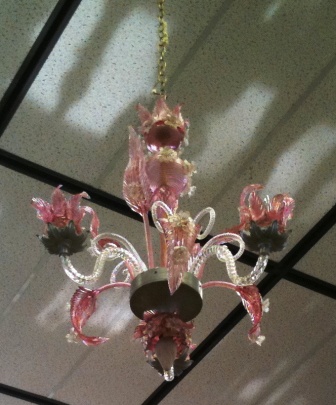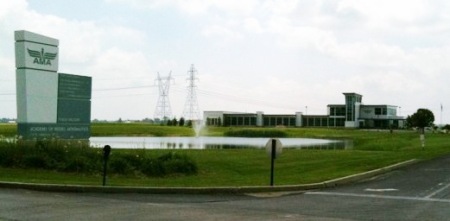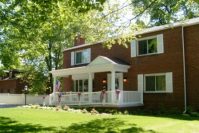Not long ago I saw a post on an Indianapolis travel blog about an Indiana historical roadside marker that attracted my attention.  The marker was for the gravesite of Jane Todd Crawford who died in 1842 and is buried near Graysville, Indiana. That got me to thinking. Mrs. Crawford is actually the subject of three of these roadside markers in three states. So, who is this woman and why do I care?
The marker was for the gravesite of Jane Todd Crawford who died in 1842 and is buried near Graysville, Indiana. That got me to thinking. Mrs. Crawford is actually the subject of three of these roadside markers in three states. So, who is this woman and why do I care?
When my father applied to medical school about 70 years ago an important part of the application process was for the applicant to write an essay telling why he or she should be selected for admission. This was a long time before the Medical College Admission Test was a standard. Family lore tells that a sizeable portion of my dad’s essay was a tribute to Dr. Ephraim McDowell, pioneer surgeon of Kentucky. 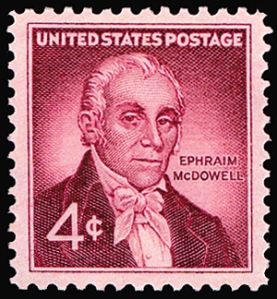 Dad claimed to be a relative and went to great lengths explaining that the first Dr. McDowell was his inspiration for going into medicine. When the story was told to us younger McDowells, we were informed that Dad had no idea whether he was a relative or not, but we called him “Uncle Eph” anyway.
Dad claimed to be a relative and went to great lengths explaining that the first Dr. McDowell was his inspiration for going into medicine. When the story was told to us younger McDowells, we were informed that Dad had no idea whether he was a relative or not, but we called him “Uncle Eph” anyway.
Ephraim and Jane’s story is a tale of two brave pioneers. Dr. McDowell was born in Virginia, studied medicine in Staunton, VA, and Edinburgh, Scotland. He was one of the first physicians to move across the Appalachian mountains into Kentucky where he built an apothecary and home in Danville in 1795.
In December 1809, when Ephraim and Jane first met, surgery was still in its infancy.  Mrs. Crawford was thought to be pregnant. Nine months came and went, and there was no baby even after midwives tried everything they could think of to induce labor. Dr. McDowell was summoned, and after he examined her he explained that he thought her swollen belly was due to a tumor of her ovary. This type of tumor was not uncommon, and was known to continue to grow until a slow painful death could be expected.
Mrs. Crawford was thought to be pregnant. Nine months came and went, and there was no baby even after midwives tried everything they could think of to induce labor. Dr. McDowell was summoned, and after he examined her he explained that he thought her swollen belly was due to a tumor of her ovary. This type of tumor was not uncommon, and was known to continue to grow until a slow painful death could be expected.
By Dr. McDowell’s account, published in 1817, Jane Crawford persuaded him to attempt to remove the tumor in spite of the fear of most physicians that the surgery would result in death due to infection. Up to this time there was no general anesthesia and the need for antisepsis was unproven. Mrs. Crawford made the 60 mile trip on horseback to Danville where she was operated on Christmas Day, 1809.
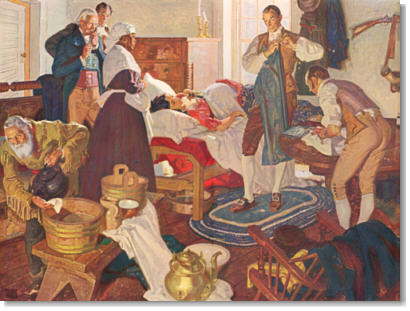
"The Dawn of Abdominal Surgery" Wyeth Laboratories
Historians differ in opinion as to why Christmas Day was chosen for the surgery. Dr. Owen Wangensteen, a surgical historian, contended that there was a lynch mob in the front yard waiting for her to die and her surgery was done as soon after her arrival as possible to limit the number of angry people who might be in that mob. I like the explanation of the docents at the McDowell House better. It was known that Dr. McDowell was a religious man and an elder in the local presbyterian church. Christmas that year was on a Sunday, and Ephraim asked that the congregation pray for him and Jane during the operation. He wrote a prayer on a piece of paper which he kept in his pocket during the surgery. We are told that Mrs. Crawford sang hymns and recited Psalms during the 25 minute procedure. Not only did Jane Crawford survive her surgery, but she lived to be 79, outliving her surgeon by 12 years. Ephraim is thought to have died from a ruptured appendix.
It was not until the 20th Century that Ephraim McDowell’s home was reclaimed. At the time of its purchase by the Auxiliary of the Kentucky Medical Society, the house had become a rooming house and had deteriorated significantly. It is significant not only for the historical surgery performed there, but Dr. McDowell’s was the first apothecary west of the Appalachians. I have made it a point to visit the McDowell House, Apothecary and Gardens through the years. The collection of antique pharmacy jars and period antique furniture continues to get more extensive each time I visit. To learn more, visit the McDowell House site.

 In addition to the historic marker at the McDowell House Museum and Apothecary in Danville, there is also a monument on the grounds of the McDowell House to Jane Todd Crawford erected by the Kentucky Medical Society. This monument may be the first time that a patient was honored by a group of doctors! “Uncle Eph” is one of the two Kentuckians to have a statue in the National Statuary Hall Collection in the United States Capitol.
In addition to the historic marker at the McDowell House Museum and Apothecary in Danville, there is also a monument on the grounds of the McDowell House to Jane Todd Crawford erected by the Kentucky Medical Society. This monument may be the first time that a patient was honored by a group of doctors! “Uncle Eph” is one of the two Kentuckians to have a statue in the National Statuary Hall Collection in the United States Capitol.

Photo by Dan Fisher
The third state to honor Jane Crawford is Virginia. Amazingly, her birthplace and the birthplace of Ephraim McDowell are both near Lexington, Virginia, and are closer to each other than the 60 mile horseback ride she took in 1809.
There are two Kentucky hospitals of interest, the Ephraim McDowell Regional Medical Center in Danville, and the Jane Todd Crawford Memorial Hospital in Greensburg.
In conclusion to this long story, my father was accepted to medical school, in spite of his essay. He became a surgeon. He met my mother, an Army nurse, at the end of WWII, and had three children who all attended Indiana University School of Medicine. My pathology professor was happy to know that I could match the particular ovarian tumor with the right story. He was a little confused though when I claimed Uncle Eph as kin, and my brother, taking the class a few years later denied any relationship to the famous surgeon.

